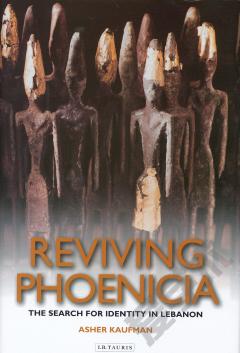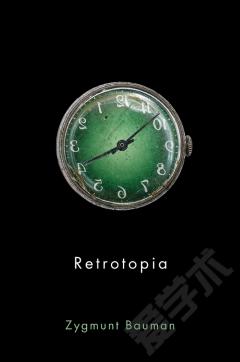Reviving Phoenicia
Note on Transliteration. Acknowledgements. Introduction. Who Were the Phoenicians? National Identities in the Arab Middle East Theorizing Lebanese Nationalism? The French Colonial Idea. SECTION I ORIGINS. Chapter 1 First Buds 1860-1918 21 - France in the Levant: Franco-Maronite Relations The Jesuits in Syria and Lebanon Maronite Clergy and the History of Syria and Lebanon Lay Syro-Lebanese and the Ancient History of Syria Chapter II: Before and After the War The Syro-Lebanese Community in Egypt Syro-Lebanese in America Between Paris and Beirut: 1913-1919 Beirut 1919: Charles Corm and La Revue Phenicienne. SECTION 2 THE MANDATE YEARS. Chapter III - The Mandate Years: The French Mandate and the Lebanese Educational System Universite Saint Joseph and Its Graduates Archeology and National Museums 1936-1937: A Case Study of Phoenicianism and Its Adversaries Towards Independence 129 Chapter IV: Three Phoenician Currents Charles Corm, the Inspired Maronite Francophone Michel Chiha, the Merchant Republic and the Lebanese Identity Sa'id Aql, Arabophones and Maronite Nationalism Chapter V: The Adversaries Arab-Muslims: Rashid Rida and Shekib Arslan Christian Arab Nationalists -Qonstantine Zurayq, Edmond Rabbath, Amin al-Rihani, Antun Sa'adeh and the Syrian Social Nationalist Party, Muhammad Jamil Bayhum and Sunni Lebanese. SECTION 3 AFTER INDEPENDENCE AND BEYOND. Chapter VI - Chronicle of a Dream and Disillusionment: Conclusion: Arabs, Phoenicians and What Lies Between. Bibliography. Index.
{{comment.content}}








 京公网安备 11010802027623号
京公网安备 11010802027623号